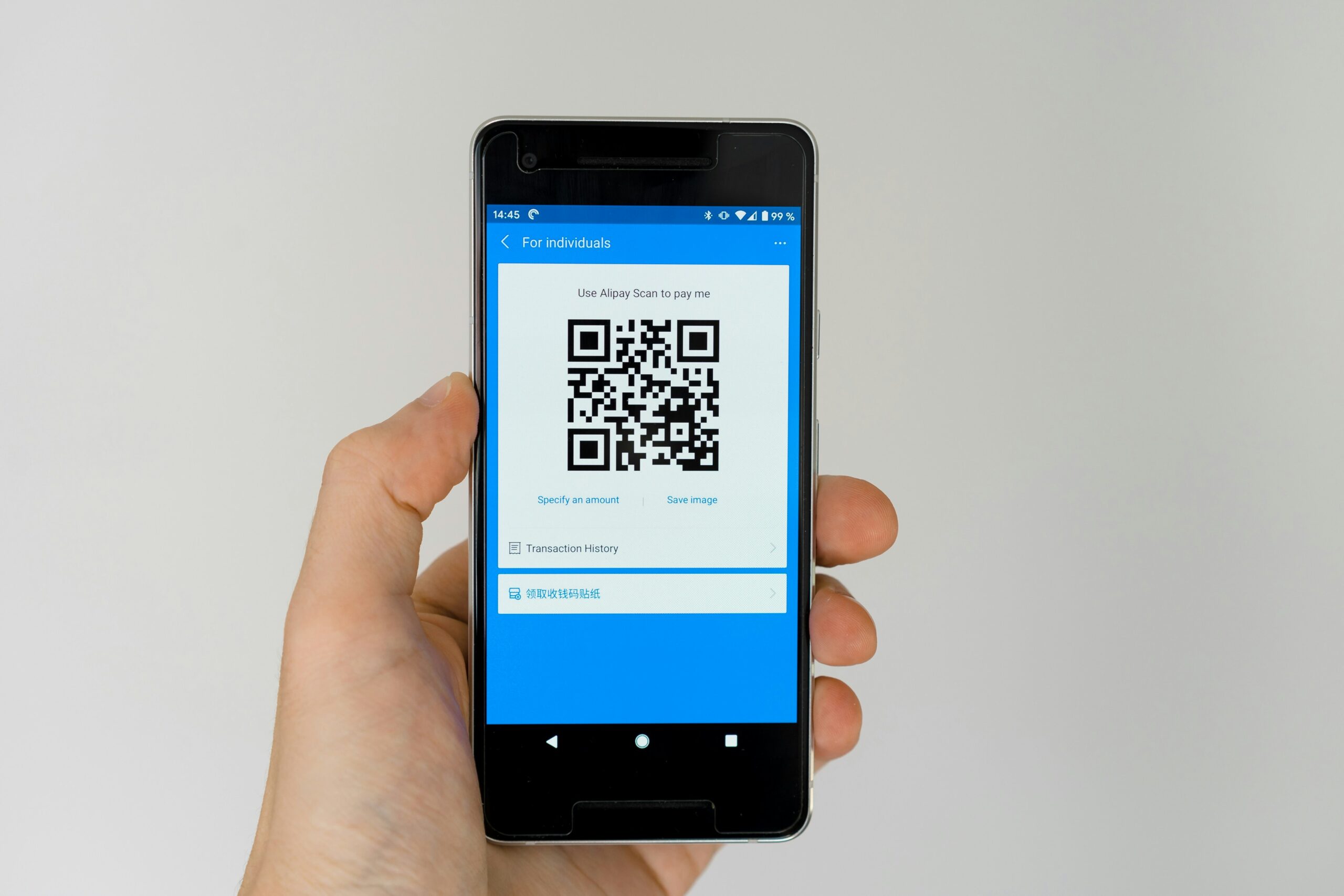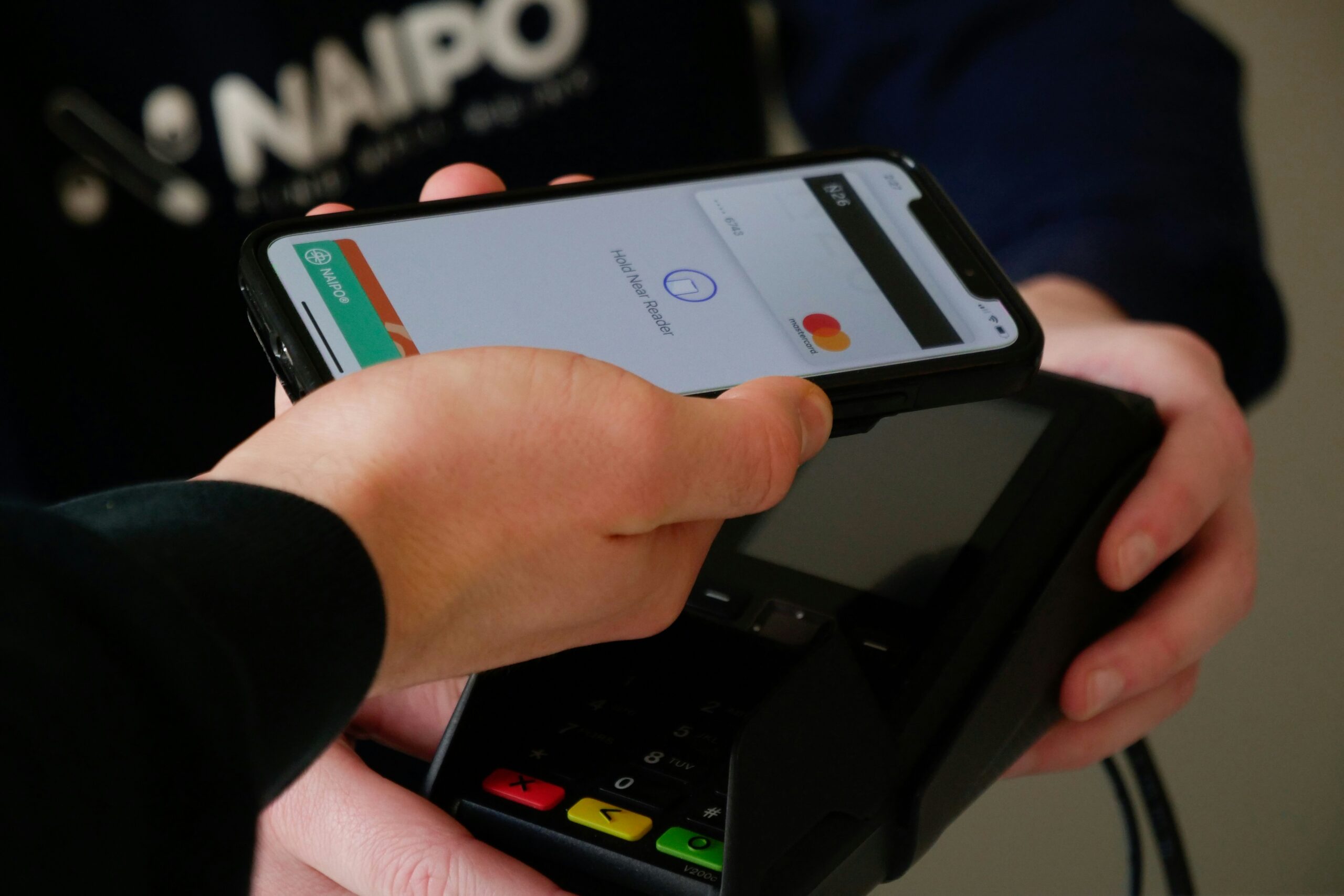It is a self-amending blockchain platform that provides a framework for smart contract creation and decentralized applications (dApps). It was designed to be an efficient and cost-effective option for creating smart contracts and dApps. Tezos (XTZ), the platform’s native coin, is used to pay transaction fees and network services. All transaction costs are commonly characterized in terms of gas fees, which are fees paid by users to execute smart contracts and transactions on the network. Since the network employs a liquid proof-of-stake consensus method, its gas expenses are moderately inexpensive when compared to other blockchain networks such as Ethereum. This implies that users can transact with lower fees and leave smaller environmental footprints. This functionality is intended to make it simpler and less expensive for developers to create apps on the platform.

What it is
The blockchain platform employs a liquid proof-of-stake consensus mechanism that lets stakeholders participate in the process by staking their XTZ tokens. This implies that users can transact with lower fees and leave smaller environmental footprints. The network offers a feature called “gas optimization,” which allows developers to optimize their smart contracts to reduce gas usage and transaction costs, in addition to the low gas fees. This functionality is intended to make it simpler and less expensive for developers to create apps on the platform. This network has a relatively low cost when compared to other blockchain networks because it is designed to be efficient and cost-effective for smart contract creation and decentralized applications.
Features of the platform
The following are some great features of the platform:
Web3 revolution
It is the foundation for the internet’s future, with user engagement and governance at its heart. Using a decentralized network, users can connect directly and without intermediaries, transferring value and communicating with various apps. Web3 can be a fully user-governed and user-centric movement, as it was intended.
Advanced Security
The network uses languages like OCaml and Michelson to provide safety and code accuracy for assets and other high-value usages at both the protocol and application layers. This gives room for formal verification, a method used in mission-critical sectors. It will safeguard the future of Web3.
People-centered governance
It was designed with measures to promote active general governance and participation, a critical component of Web3. Users can actively partake in the platform by assessing, suggesting, or approving changes. This encourages the kind of collaborative innovation that keeps it on the cutting edge of technology and is the reason why it is best positioned to power the Web3 revolution.
Energy-saving algorithm
Unlike Proof-of-Work blockchains such as Bitcoin or Ethereum, its Proof-of-Stake uses substantially less energy and cost to run, making it the perfect platform for developing eco-friendly blockchain applications. Responsible scaling is required when the Web3 movement gains steam since it requires a more energy-efficient approach.
Smarter smart contracts
It is a major Proof of Stake blockchain for smart contracts. Its smart contracts can leverage formal verification, making them mathematically verifiable, dependable, and secure.
Highly flexible
Using its established on-chain upgrade process, the blockchain is designed to react, adapt, and add features and capabilities.
How it works
The network offers a feature called “gas optimization,” which allows developers to optimize their smart contracts to reduce gas usage and transaction costs, in addition to the low gas fees. All transaction costs are commonly characterized in terms of gas fees, which are fees paid by users to execute smart contracts and transactions on the network. Since the network employs a liquid proof-of-stake consensus method, its gas expenses are moderately inexpensive when compared to other blockchain networks such as Ethereum.









